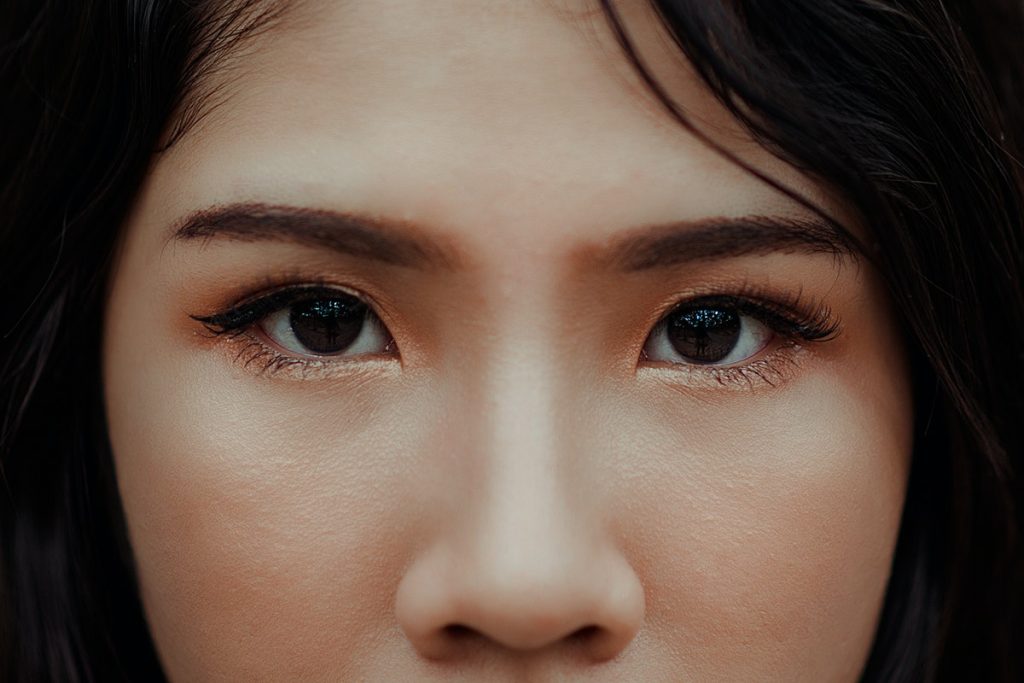The eyes are one of the most critical organs in the human body. They allow us to see the world around us, and they help us to navigate our environment. The problem is that they can be susceptible and easily damaged by exposure to bright light or by objects that are too close to the eye.
There are many diseases that this particular organ can get throughout people’s lives. Sometimes it can be due to genetics, but other times it might be because of something that the person has done, such as not taking care of their eyes properly. Age can also be a factor in eyesight. As people get older, their eyesight starts to deteriorate, and they might need glasses or contacts to see appropriately.
Here are the most common diseases concerning people’s eyes, and how you can avoid them.
Cataracts
The very lenses of people’s eyes play a big role in vision. It’s filled with a clear gel known as vitreous, and it’s quintessential to people’s vision. However, this part of the eye is also one of the most vulnerable to disease.
Cataracts cloud the eye’s lens and are the leading cause of blindness worldwide. People with cataracts usually have trouble seeing at night and may see halos around lights. They might also experience double vision in one eye.
Cataracts are caused by a protein buildup in the eye lens, and they are most common in older adults. However, younger people can get cataracts, too, usually due to an injury to the eye or certain diseases. Cataracts can also be genetic.
There is no cure for cataracts, but they can be treated with surgery. The cloudy lens is removed and replaced with a clear artificial one during surgery. Surgery is usually successful and safe, but it’s essential to have it done by a qualified surgeon.
People who have diabetes or are exposed to UV light are at a higher risk for developing cataracts. Wearing sunglasses and losing weight to avoid diabetes can help to prevent this disease.

Myopia
Myopia, or nearsightedness, is a condition where people can see close objects clearly but have trouble seeing things that are far away. Myopia is caused by an elongation of the eyeball, which means that the light doesn’t focus on the back of the eye like it’s supposed to. This can be genetic or caused by too much close work, such as reading or using a computer.
Sadly, much like cataracts, there is no cure for it, but treatments are available. Most people with myopia wear eyeglasses or contact lenses to help them see correctly. Some people also undergo surgery to correct their vision. One of the most common surgeries used for Myopia is Visian ICL surgery. This corrects myopia from the patient’s eyes by implanting soft lens directly into the eyes.
People at high risk for developing myopia include those who spend a lot of time indoors, have a family history of the condition, or are of Asian descent. Wearing glasses or contact lenses can help to prevent myopia from getting worse.
Astigmatism
Astigmatism is a condition where the eye cannot focus properly because the cornea, or front surface of the eye, is curved. This can cause blurred vision and make it difficult to see near and far objects. Astigmatism is usually genetic, but it can also be caused by an injury to the eye.
Most people with astigmatism wear eyeglasses or contact lenses to help correct their vision. Surgery can also be used to treat this condition, but it’s not as common as it is for other conditions.
There are several ways to prevent astigmatism. One is to get a yearly eye exam to catch it early on. If you have astigmatism, wearing glasses or contact lenses can help correct it. Also, try to avoid injuries to the eye.
Glaucoma
A glaucoma is a group of diseases that damage the optic nerve, which leads from the eye to the brain. This disease usually affects older adults and can lead to blindness if it is not treated. Wearing sunglasses and getting regular eye exams can help detect glaucoma early on. There is no cure for glaucoma, but there are treatments available. These treatments help to relieve the pressure on the eye that is caused by the disease. If glaucoma is not treated, it can lead to blindness.
People who are at high risk for developing glaucoma include those who are over 60 years old, have a family history of glaucoma, or have diabetes. Wearing sunglasses and getting regular eye exams can help to prevent glaucoma from developing.
Cataracts, myopia, astigmatism, and glaucoma are all diseases that can affect the eyes. While there is no cure for these conditions, there are treatments available that can help to improve vision. It is important to get regular eye exams to catch these diseases early on. Wearing sunglasses and staying healthy can also help prevent these conditions from developing.



